Social Media & Customer Service? Companies have got 60 minutes max. to react
Many companies and brands are asking themselves (and us): “How fast do we have to give some feedback or answer when somebody is pinging us on Facebook, Twitter and the likes?” Or: Do we have to give some feedback on the weekends? And the answers we have heard were quite astonishing. Many managers in companies still think they have got a day or two to reply to their customers – whether they are speaking with them on email or on one of their realtime streams. Many test we have done so far, have shown us that most companies don’t react at all, some not on weekends, and some after one or two days. Be sure, if you offer your clients a realtime channel, they will use it – and they don’t care if the problem comes up on a weekend or not.
In a recent research by Convince and Convert we can find some clean answer now: 42% of the respondents expect an answer in the first 60 minutes! What comes even worse for companies: 57% want the some reaction time no matter what time of day it is or whether it is a Saturday or Sunday. In total, 67% expect some response by companies in the someday.
Still, many companies don’t have the right resources to satisfy their customers Social Media expectations. And there are many reasons for it: not enough resources, lack in modern process management or lack in technical establishment. Some companies started mentioning their opening hours in the info or biography fields which kind of makes sense and becomes a state-of-the-art workaround for the interim period until companies understand what a full-fledged social business with proper community management means. And this definitely goes away from the “9-to-5” workplace we know from our fathers.

Spot On!
The main challenge for companies and brands is to find out what the deeper demand of the status update, the comment, the review or a rating is. Remember the 3R’s? In the end, what we have learned years ago, is that people want to have the feeling someone is taking care of them immediately. This does not essentially say that companies or brands have to supply the best possible answer or solution. Many managers have still not understood the fine difference between these topics.
What we would like to know is: Do 60 minutes feedback time make sense? Should we try to be more patient as users? Is a quick feedback really that important if our lives are not depending on it? You give the answer…

 The technology service provider
The technology service provider 
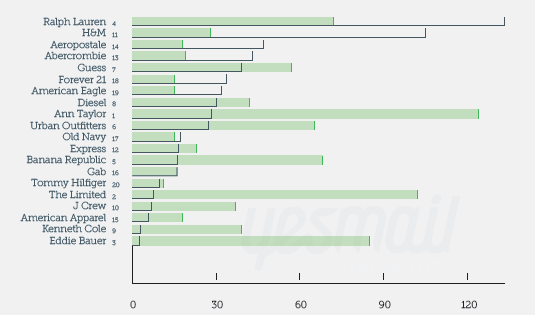
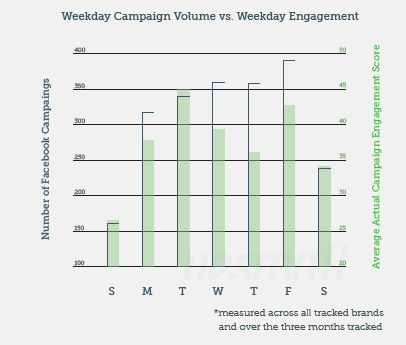
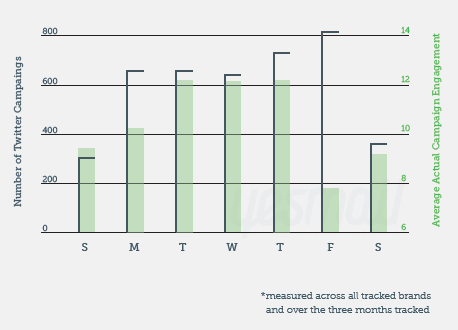
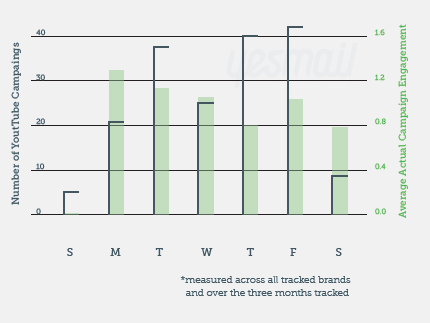


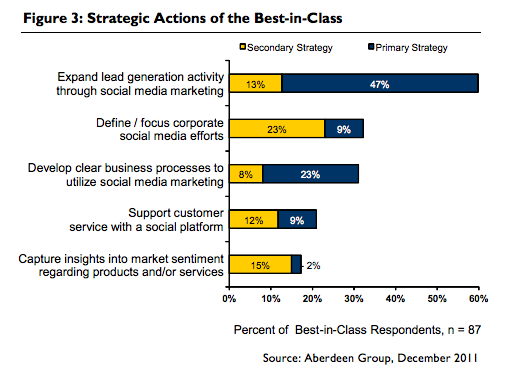

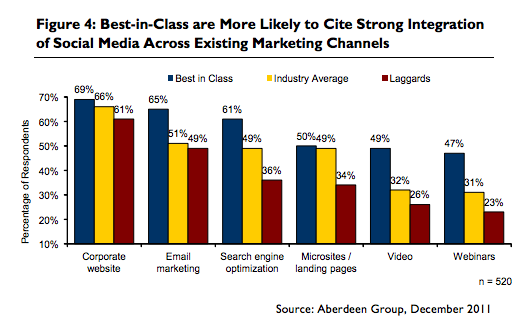
 We all want to know what makes us trustworthy, especially when we tweet something. What is the secret sauce that makes others believe in the importance of our tweets? What makes those tweets better than those of our competitors?
We all want to know what makes us trustworthy, especially when we tweet something. What is the secret sauce that makes others believe in the importance of our tweets? What makes those tweets better than those of our competitors?